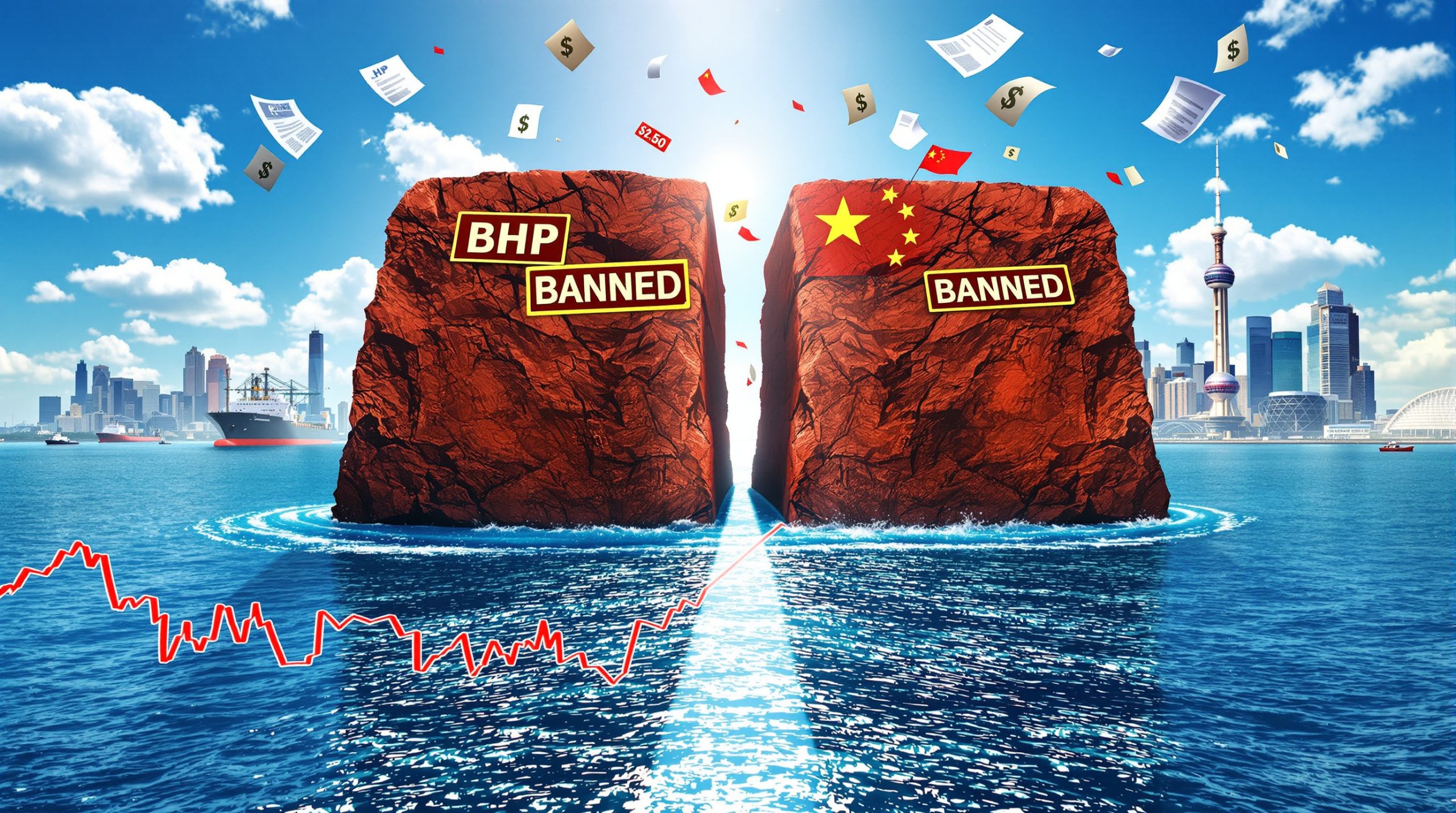Why Are Oil Market Experts Divided About a Potential Oversupply?
The global oil market finds itself at a crossroads in late 2025, with industry analysts and traders sharply divided over whether the long-predicted oil glut has finally materialized. This division reflects deeper uncertainties about fundamental market dynamics, including production capacity, seasonal demand patterns, and geopolitical factors affecting global energy flows.
Recent market data shows conflicting signals, with some indicators pointing to emerging oversupply while others suggest continued balance or even potential tightness in certain market segments. This disagreement has significant implications for price forecasts, investment decisions, and energy policy planning through 2026.
What Evidence Supports the Oil Glut Narrative?
Unsold Middle Eastern Cargoes
Recent spot market cycles have revealed concerning signs for those in the oversupply camp. Between 6-12 million barrels of Middle Eastern crude reportedly went unsold in the latest November delivery cycle. This unusual development suggests potential buyer hesitation, particularly from key Asian markets including China and India, who appear less eager to secure supplies than in previous months.
Flattening Futures Curves
Technical market indicators show a notable flattening in the futures curve for key benchmark crudes like Abu Dhabi's Murban blend. This shift from a previously bullish structure suggests waning market confidence in future price strength – often interpreted as an early warning sign of emerging oversupply conditions.
Production Capacity Expansion
Several OPEC+ members have significantly expanded their production capacity, including:
| Country | Capacity Expansion | Timeline |
|---|---|---|
| UAE | +1.5 million bpd | By end of 2025 |
| Kazakhstan | +400,000 bpd | Phased through 2025 |
| Iraq | +800,000 bpd | Gradual increase |
| Kuwait | +300,000 bpd | By Q1 2026 |
This collective expansion creates potential for substantial supply growth that could outpace demand increases, particularly if economic headwinds continue in major consuming regions.
Bearish Price Projections
Major financial institutions have issued increasingly bearish outlooks. J.P. Morgan Research forecasts Brent crude averaging in the mid-$60s for most of 2025 before declining below $60 by year-end and approaching $50 per barrel in 2026 as the supply-demand imbalance widens.
Why Do Some Analysts Reject the Glut Theory?
Physical Market Fundamentals
Skeptics of the glut narrative point to continued strength in physical market indicators. Vandana Hari, analyst at Vanda Insights, argues that the market is not seeing the glut and it's not evident yet in the physical market, highlighting the disconnect between pessimistic forecasts and actual market conditions.
Seasonal Demand Factors
As the Northern Hemisphere enters heating season, historical patterns suggest increased fuel oil consumption that could absorb additional supply. This seasonal uptick typically provides a counterbalance to production increases during winter months.
Strategic Stockpiling Activities
China's continued strategic petroleum reserve building represents a significant demand factor often underestimated in supply-focused analyses. Hari notes that if China continues to buy for stockpiling, which she believes they will, it represents demand growth and a bullish signal, pointing to the world's largest crude importer's ongoing inventory accumulation strategy.
Backwardation Persistence
Despite glut predictions, key crude benchmarks maintained backwardation (where near-term prices exceed future prices) in late September. The November-December spread for crude stood at approximately $1 per barrel – a market structure typically associated with current tightness rather than oversupply.
How Are Geopolitical Factors Influencing the Supply Outlook?
Russian Export Restrictions
Moscow's extension of gasoline export bans through year-end 2025 and additional diesel export curbs directly counters the oversupply narrative. These restrictions, partially resulting from Ukrainian drone attacks on Russian refineries, signal potential tightening in global refined product markets.
Potential New Sanctions
Reports indicate G7 nations are preparing enhanced sanctions targeting Russia's energy, finance, and defense sectors. MUFG analyst Soojin Kim notes these measures could include restrictions on countries and entities helping Russia bypass existing curbs, potentially limiting global supply availability.
Middle East Tensions
Ongoing regional conflicts and maritime security challenges in key shipping corridors continue to introduce supply uncertainty. The threat of disruption to vital transportation routes provides a persistent risk premium that contradicts pure oversupply scenarios.
What Do Production and Inventory Trends Reveal?
Global Inventory Assessments
The U.S. Energy Information Administration projects global oil inventories will build by over 2 million barrels per day between Q3 2025 and Q1 2026, primarily driven by OPEC+ production increases. This substantial inventory accumulation forms the foundation of bearish price forecasts.
U.S. Production Revisions
Recent upward revisions to U.S. production data revealed record output levels, adding to global supply concerns. These revisions highlight the resilience of North American production despite previous expectations of significant US oil production decline due to capital discipline.
South American Output Growth
Emerging producers in South America, particularly Brazil and Guyana, continue to expand output beyond earlier projections. However, Vortexa analyst Mark Toth noted in August that despite fears that the swift unwinding of production cuts from the eight core OPEC+ members could push crude markets into oversupply, this has not concretely materialized as of yet.
How Are Traders Positioning in Response to Mixed Signals?
Reduced Bullish Positioning
Market data shows traders have significantly reduced bullish positions in crude futures, reflecting growing caution about price direction. This positioning shift suggests increasing acceptance of the oversupply narrative among financial participants, even as physical market participants remain less convinced.
Price Range Expectations
Many traders now anticipate crude prices remaining in what Phil Flynn of Price Futures Group calls a "purgatory-like trading range" – high enough for OPEC+ producers to maintain revenue streams but low enough to limit U.S. shale expansion.
Hedging Activity Increase
Producers have increased hedging activities to protect against potential price declines, while refiners show less urgency in securing forward supplies – behavioral changes consistent with expectations of ample future availability.
What Are the Key Price Forecasts Through 2026?
Near-Term Projections (Q4 2025)
Most analysts expect Brent crude to trade between $60-70 per barrel through the remainder of 2025, with temporary volatility driven by OPEC meeting outlook announcements, inventory reports, and geopolitical developments.
Medium-Term Outlook (2026)
Consensus forecasts suggest downward pressure intensifying in 2026:
| Institution | 2026 Brent Forecast | Key Factors |
|---|---|---|
| EIA | $51/barrel average | Inventory builds of 2+ million bpd |
| J.P. Morgan | $50-55/barrel | Supply growth outpacing demand |
| NAGA | Below $60/barrel | Structural imbalance in markets |
Bull Case Scenario
Those rejecting the glut narrative suggest prices could remain resilient at $65-75 per barrel if:
- Chinese strategic buying continues at current pace
- Geopolitical disruptions affect key producers
- OPEC+ demonstrates greater production discipline than currently anticipated
What Are the Implications for Energy Markets?
Refined Product Spreads
Refining margins could face compression if crude oversupply materializes without corresponding product demand growth. However, Russian export restrictions on finished products may provide offsetting support for refining economics.
Investment Patterns
Capital allocation decisions face increasing uncertainty, with potential delays in final investment decisions for long-cycle projects if bearish price forecasts materialize. This could create the conditions for future supply constraints beyond the current forecast horizon.
OPEC+ Strategy Evolution
The producer alliance faces complex decisions about balancing market share against price support. Flynn observes that OPEC seems to want to keep prices in this range of pain – high enough for them to make money but low enough to squeeze US shale.
Conclusion: Navigating Uncertainty in Oil Markets
The split among crude traders regarding the emergence of an oil glut reflects genuine uncertainty about fundamental market balances. While production capacity growth and inventory projections support the oversupply narrative, physical market indicators and seasonal factors suggest a more nuanced reality.
As winter approaches in the Northern Hemisphere, seasonal demand patterns may provide temporary support for prices. However, the structural supply growth from OPEC's market influence capacity expansion, combined with potentially softer demand growth in key economies, creates legitimate concerns about market balances through 2026.
Traders and analysts will be closely monitoring key indicators in the coming months, including:
- Actual OPEC+ production levels versus announced targets
- Chinese crude import and refining activity
- U.S. inventory trends and production response
- Refined product demand elasticity in response to economic conditions
These factors will ultimately determine whether the long-predicted oil glut fully materializes and drives prices toward the lower ranges of current forecasts, or if market balances prove more resilient than the bearish consensus currently suggests. Furthermore, analysts will be watching whether current oil price stagnation trends persist or if we see an unexpected oil price rally dynamics in response to unforeseen geopolitical developments.
Further Exploration:
Readers interested in learning more about current oil market dynamics can also explore related educational content, such as Reuters' analysis on oil's uphill struggle as supply glut worries mount, which offers additional perspectives on global oil supply and demand balances.
Want to Stay Ahead of Commodity Market Movements?
Discovery Alert's proprietary Discovery IQ model delivers real-time notifications on significant ASX resource announcements, helping investors capitalise on market-moving discoveries before the broader market reacts. Explore how major mineral discoveries have generated substantial returns by visiting our dedicated discoveries page.




